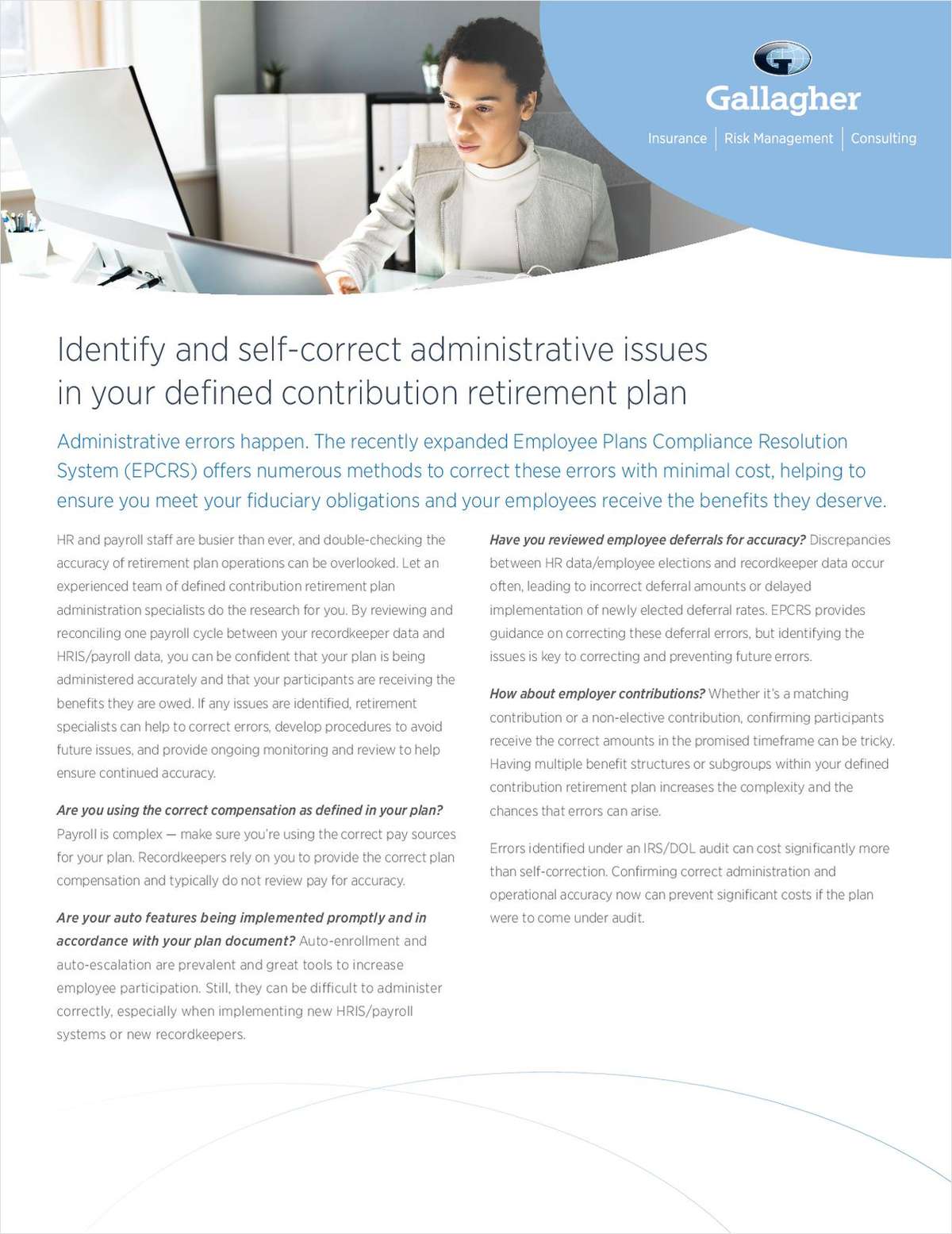 Financially stressed employees are 2 times less likely to get enough sleep, exercise regularly, eat healthy. (Photo: Shutterstock)
Financially stressed employees are 2 times less likely to get enough sleep, exercise regularly, eat healthy. (Photo: Shutterstock)
Employers are starting to realize the impact of employee financial stress, for good reason — there is a direct correlation between the economic health of employees and the companies they work for.
Since nearly 60 percent of employees in the U.S. say they are financially stressed—more than all other life stressors combined—employers should not only be concerned about this problem, but also actively trying to solve it.
Studies show that financially stressed employees are less productive, more distracted, produce lower-quality work, have poorer relationships with co-workers and have higher rates of absenteeism and on-the-job accidents.
Financial stress has been linked to post-traumatic stress disorder, substance abuse disorder, suicide, and mental health disorders, especially among millennials.
U.S. businesses are losing $500 billion a year because of employees' personal financial stress, according to a survey by Salary Finance.
|5 signs of employee financial stress
In order to solve the problem, however, employers must first be able to recognize it. Employee financial stress signs include the following:
1. Poor health When trying to cope with stress, your employees may experience poor health including digestive issues, headaches, fatigue, depression, heart disease, high blood pressure, diabetes, anxiety and increased susceptibility to contracting viral illnesses like the cold and flu.
To make matters worse, people experiencing high stress often neglect their health and/or delay seeing a doctor, causing health problems to worsen and become more difficult and costly to treat.
A Fidelity Investments survey found that financially stressed employees are two times less likely to get enough sleep, exercise regularly, get a flu shot, go to the doctor and dentist, eat healthy, maintain a healthy weight and avoid tobacco use.
Employers can end up paying more due to higher use of employee assistance programs, higher health care costs, increased absenteeism and more on-the-job, stress-related employee accidents.
2. Absenteeism
Employees experiencing financial stress are more likely to habitually miss work. Absenteeism costs U.S. companies a whopping $226 billion a year, according to the CDC Foundation.
A Fidelity Investments well-being survey of more than 9,300 people found that employees with the highest levels of debt were twice as likely to miss work as those with the lowest debt levels.
3. "Presenteeism"
Presenteeism is the term used for employees who are physically present at work but performing their jobs at less than full capacity. Presenteeism shows itself in a number of ways, including high levels of distraction, low engagement with work and colleagues, poor work quality and declining job performance.
The 2019 PWC Employee Financial Wellness Survey found that 35 percent of employees were distracted at work due to finances. Of those distracted, nearly half spent 3 or more hours per week handling financial issues.
Salary Finance found that financially stressed employees lose 23 to 31 days of productive work per year and are 2.2 times more likely to look for a new job.
4. Delayed retirement
If an employee does not have enough retirement savings and/or is buried in debt, they often have no choice but to continue working past their planned retirement age. Prudential found that 57 percent of finance executives say delayed retirements can be attributed to lack of retirement savings.
This can be expensive for employers, with increased annual costs of 1 to 1.5 percent. Workers delaying retirement usually have more paid sick leave and vacation days along with higher life, disability and health insurance costs.
People staying in the workforce longer has a trickle-down effect: Younger employees have less opportunities for advancement, leaving them with stagnant wages on top of student loan debt. Studies show young adults are delaying home buying and starting families because of this combination of financial factors.
5. Making hardship withdrawals
Employees can withdraw money from their 401(k) if they find themselves in a financial crisis and meet the criteria for a hardship withdrawal. According to the IRS, allowable hardship withdrawals must create "an immediate and heavy financial need of the employee," such as medical expenses, preventing eviction or foreclosure, funeral expenses and some qualifying home repairs.
According to Fidelity Investments, the average amount of hardship withdrawals is $2,900, and the two biggest reasons are the prevention of eviction or foreclosure and medical bills.
Hardship withdrawals hurt both the employee and the employer. The employee will see increased taxes, potential withdrawal penalties and less money for retirement. In fact, taking a hardship withdrawal can decrease retirement savings by 14 percent, according to a study by MassMutual.
For an employer, a hardship withdrawal is seen as plan leakage, which costs money in higher per-account fees.
|Solving the problem with employee financial wellness programs
One way that organizations are solving the problem of financially stressed employees is by providing a financial wellness program as part of the benefits package. According to The Business Case for Financial Education, an employer-offered financial wellness program can have a return on investment of 300 percent in the first year by decreasing absenteeism and presenteeism, as well as increasing productivity.
However, not every financial wellness program is equal. To find the right program, look for one that offers the following:
● Valuable for all employees, with content that adapts to each user's age, financial situation, life stage, etc.
● Interactive, with features like video and gamification to increase engagement.
● Unbiased: The platform should not pressure users to buy a particular product or service.
● Recognized: Seek referrals, read reviews, etc.
If the signs of financial stress are evident in your company, it is time to find a financial wellness program that benefits both your organization and its greatest asset—employees.
Kris Alban is executive vice president of iGrad, a San Diego-based financial technology company that provides artificial intelligence-powered financial wellness solutions to employers, financial institutions, colleges and universities. Its Enrich Financial Wellness platform is used by more than 20,000 employers and more than 300 financial institutions to provide behavior-changing financial literacy education to employees, customers and members.
Complete your profile to continue reading and get FREE access to BenefitsPRO, part of your ALM digital membership.
Your access to unlimited BenefitsPRO content isn’t changing.
Once you are an ALM digital member, you’ll receive:
- Breaking benefits news and analysis, on-site and via our newsletters and custom alerts
- Educational webcasts, white papers, and ebooks from industry thought leaders
- Critical converage of the property casualty insurance and financial advisory markets on our other ALM sites, PropertyCasualty360 and ThinkAdvisor
Already have an account? Sign In Now
© 2025 ALM Global, LLC, All Rights Reserved. Request academic re-use from www.copyright.com. All other uses, submit a request to [email protected]. For more information visit Asset & Logo Licensing.









